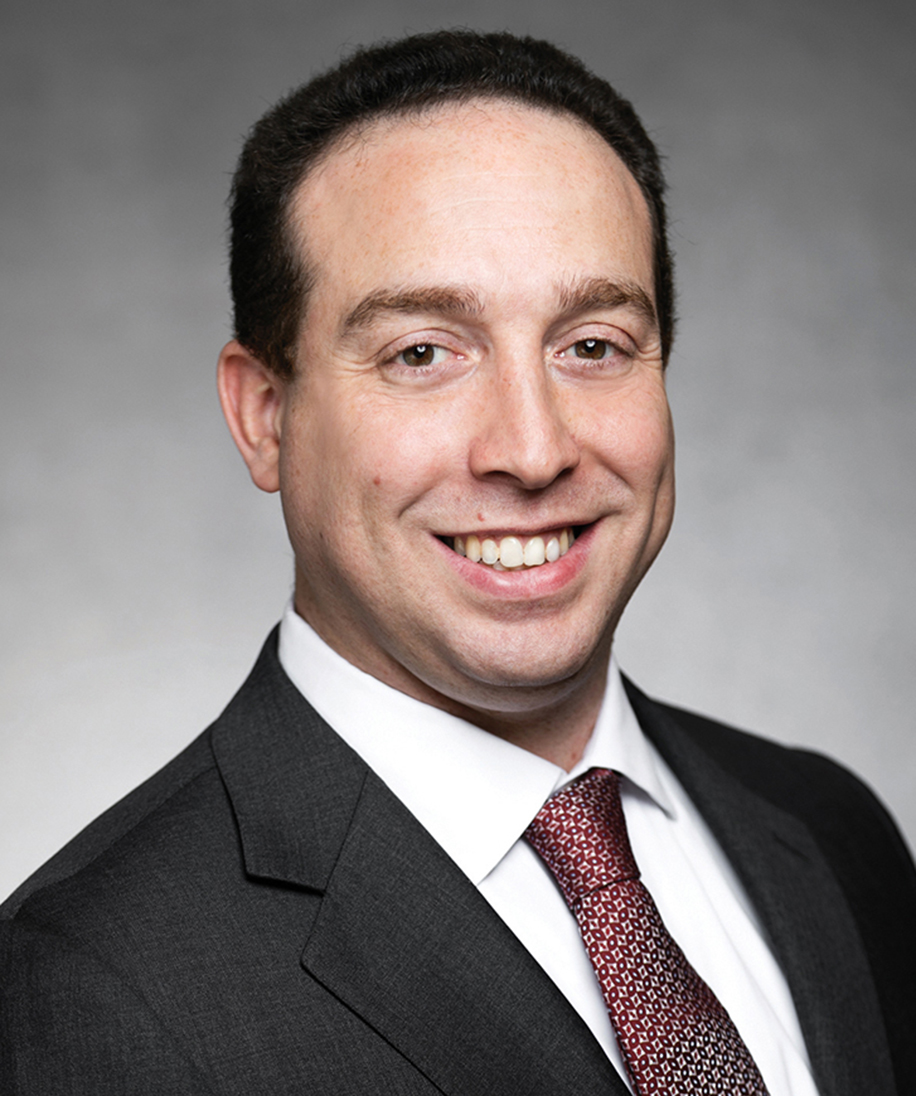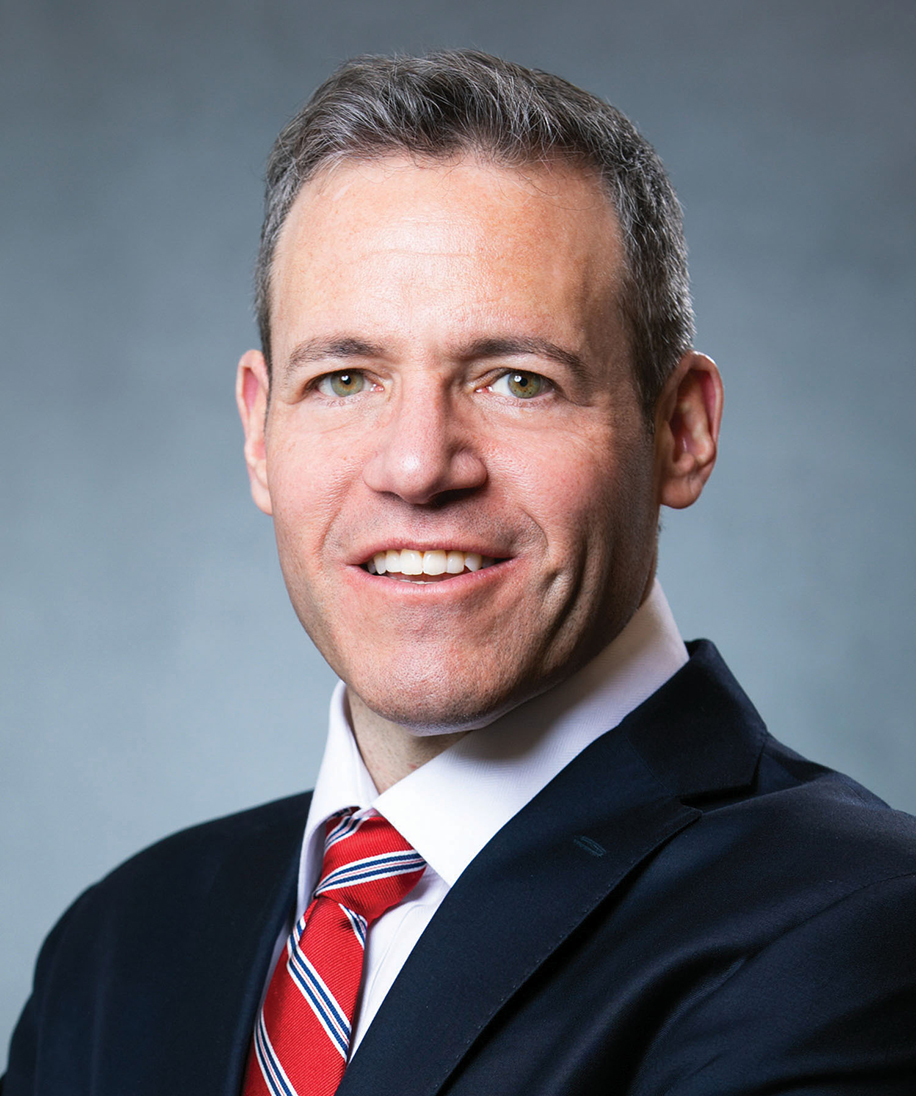Client Alert
Key Takeaways for Practitioners from the Athena v. Mayo En Banc Rehearing Petition Denial
July 15, 2019
By Bruce M. Wexler, Yar R. Chaikovsky, Isaac S. Ashkenazi, Philip Ou, Alexandra Cho & Iman Kholdebarin
Some twenty-five years ago, in In re Alappat, 33 F.3d 1526 (Fed. Cir. 1994) (en banc), a deeply divided Federal Circuit took up the issue of patent eligibility. The Alappat ruling followed a long history of the Federal Circuit and its predecessor, the Court of Customs and Patent Appeals, seeking proper rules for patent eligibility. See id. at 1557 (Archer, J., concurring in part and dissenting in part). The majority in Alappat issued a simple, bright-line rule—essentially holding that if the claim mentions a machine (structure), it recited eligible subject matter. There were sharp dissents, explaining why the rule was not correct and warning how it would lead to disastrous consequences. Id. at 1552, 1568. Those predictions held true as the rule of Alappat gave birth to State Street, in which a panel of the Federal Circuit broadly endorsed eligibility of business method patents, that case involving ways of doing banking. State St. Bank & Trust Co. v. Signature Fin. Group, Inc., 149 F.3d 1368 (Fed. Cir. 1998).
It took twenty years for the Supreme Court to take up the issue, culminating in their trilogy of rulings—Myriad, Mayo, and Alice—seeking to articulate principles of patent eligibility that were grounded in precedent and policy, though not bright-line rules. As such, they required careful application, particularly in close cases. History seemingly repeats itself, and the Federal Circuit once again appears to be struggling to apply principles of patent eligibility. In Athena Diagnostics, Inc. v. Mayo Collaborative Servs., LLC, No. 2017-2508 (Fed. Cir. July 3, 2019), while declining to take the case en banc, the Court has effectively announced to the bar, the Supreme Court, and Congress that it needs more guidance in how to apply the Supreme Court’s test. It will remain to be seen whether and to what extent either Congress or the Supreme Court can provide the further wisdom that Athena seeks, or whether the Federal Circuit itself will need to find a way to achieve more consistency in its application of the law. In this alert, we discuss the Federal Circuit’s fractured rulings, which were made in the context of diagnostic patents, and how practitioners may understand the current state of the law in this context.
I. Background
On July 3, 2019, the Court of Appeals for the Federal Circuit denied Athena Diagnostics’ petition for en banc rehearing of Athena Diagnostics, Inc. v. Mayo Collaborative Servs., LLC, 915 F.3d 743 (Fed. Cir. 2019) with eight concurring and dissenting opinions. Athena Diagnostics’ petition sought review of the Federal Circuit’s split-panel decision affirming a district court decision that patent claims covering a diagnostic test for myasthenia gravis (“MG”) were patent ineligible. Read the panel decision here. The patent-at-issue, U.S. Patent No. 7,267,820 (“the ’820 patent”), covered a method of diagnosing MG based on the presence of muscle-specific tyrosine kinase (“MuSK”) autoantibodies. Prior to the invention, a subset of patients exhibiting MG-like symptoms could not be diagnosed using established diagnostic methods because they lacked autoantibodies to the acetylcholine receptor on which previous tests relied.
Running through the several opinions are pleas for congressional leaders or the Supreme Court to address the current state of subject matter eligibility, suggesting that Athena may provide a good opportunity to refine or change the Mayo/Alice framework. Judge Moore put it bluntly, stating that there is “[n]o need to waste resources with additional en banc requests. Your only hope lies with the Supreme Court or Congress.” Athena Diagnostics, Inc. v. Mayo Collaborative Servs., LLC, No. 2017-2508 (Fed. Cir. July 3, 2019) (Moore, J., dissenting) (order denying rehearing en banc). Read the order and opinions here.
II. The Federal Circuit’s Comparison of Athena with Mayo
The order and accompanying concurring and dissenting opinions highlighted the disagreement between the judges over the court’s interpretation of Mayo on two issues: (1) whether specificity may move a claim from being directed to a law of nature to an application of the natural law; and (2) whether discovery of previously unknown natural phenomena satisfies the “inventive concept” requirement. In addressing these issues, several judges critically relied on comparisons between the claims at issue in Athena with those in Mayo. We show below a comparison of the claim language:
| Representative claim in Mayo | Representative claim in Athena |
|---|---|
| 1. A method of optimizing therapeutic efficacy for treatment of an immune-mediated gastrointestinal disorder, comprising: | 7. A method [for diagnosing neurotransmission or developmental disorders related to muscle specific tyrosine kinase (MuSK) in a mammal comprising the step of |
| administering a drug providing 6-thioguanine to a subject having said immune-mediated gastrointestinal disorder; and | detecting in a bodily fluid of said mammal autoantibodies to an epitope of muscle specific tyrosine kinase (MuSK)], comprising |
| determining the level of 6-thioguanine in said subject having said immune-mediated gastrointestinal disorder |
contacting MuSK or an epitope or antigenic determinant thereof having a suitable label thereon, with said bodily fluid, |
| immunoprecipitating any antibody/MuSK complex or antibody/MuSK epitope or antigenic determinant complex from said bodily fluid and |
|
| monitoring for said label on any of said antibody/MuSK complex or antibody/MuSK epitope or antigen determinant complex |
III. Key Takeaways
Under the current patent eligibility framework, claims directed at abstract ideas, natural laws, and natural phenomena are not patent eligible. Under Mayo, a natural phenomenon by itself, no matter how narrowly and specifically articulated, cannot supply the requisite “inventive concept.” See Mayo, 566 U.S. at 77-78 (2012). What is important is that the claim be directed to an application of the natural phenomenon. Association for Molecular Pathology v. Myriad Genetics, Inc., 569 U.S. 576, 596 (2013) (“new applications of knowledge about the BRCA1 and BRCA2 genes” could be patent eligible). Drawing the line between claiming an application and an idea or natural phenomenon itself is not always easy, especially where patent prosecutors draft claims broadly toward the edges of eligibility. Nonetheless, the courts must make that call under existing Supreme Court precedent, and close cases reflect the potential for sharp division. At these times, it is essential that the litigants’ arguments seek to follow carefully the Supreme Court methodology and avoid concepts that have been rejected in the law, such as asserting that claims are patent eligible just because they do not preempt an idea or phenomenon.
Several judges noted how the Federal Circuit has interpreted Mayo so broadly that the judicially created exceptions have become more aggressive in reach. For example, the Federal Circuit held diagnostic claims, like those at issue in Ariosa[1] and Cleveland Clinic[2], patent ineligible, while holding treatment claims, like those in CellzDirect[3] and Endo Pharmaceuticals[4], patent eligible. Judge Dyk argued that these rulings are in tension with the Myriad decision, which suggests that the discovery of an unknown natural phenomenon and its diagnostic application can meet the “inventive concept” requirement of the second step of the Mayo test. Similarly, Judge Moore distinguished the claims in Athena from those in Mayo, stressing how the antibody-MuSK complexes recited in Athena Diagnostics’ claims had not been used in the prior art MG diagnostic tests, unlike the routinely performed step of determining 6-thioguanine levels in Mayo.
Judge Chen also argued that the “inventive concept” set forth in Mayo is in tension with the “claim as a whole” principle of Diehr[5], though it is not clear that they are mutually exclusive principles. Judge Chen argued that Claims 7 and 9 of the ’820 patent “would likely have been found to be directed to a patent-eligible process comprising a set of technical, transformative steps” if the claim as a whole were considered. Ultimately, Judge Chen stated that it is not the role of the Federal Circuit to “dodge” the direction of the Supreme Court, but suggested that the Federal Circuit would benefit from Supreme Court guidance on whether Mayo was intended to override Diehr. Judge O’Malley expressly encouraged Congress to “clarify that there should be no such requirement read into § 101.”
IV. Potential for Future Further Review and Possible Approaches to Claiming
From the opinions, one can conclude that “specificity” of claim language may not itself be a sufficient ground to distinguish subject matter eligibility from the Supreme Court’s precedent of Mayo. Nonetheless, the opinions suggest that demonstrating an inventive concept and distinguishing that concept from well-known and routine technique—aligned with the second step of the Mayo test—may be a way of overcoming the current inclination for finding diagnostic claims patent ineligible.
Whether the Supreme Court will take up the matter and resolve the issues raised by the Federal Circuit remains to be seen. The Federal Circuit’s order denying the petition for rehearing, however, comes several weeks after the Senate Judiciary Subcommittee’s hearings on “The State of Patent Eligibility in America.” Read our prior alert on that subject here. During the hearings, the subcommittee sought feedback from stakeholders on a draft bill revising § 101 of the Patent Act, including the abrogation of judicially created eligibility doctrine established in Mayo and a new subsection under § 101. In § 101(b), the draft bill adds that eligibility “shall be determined only while considering the claimed invention as a whole, without discounting or disregarding any claim limitation.” This language is in line with Diehr’s framework and the “claim as a whole” principle, though it would remain to be seen whether such a statement would dramatically change patent eligibility cases anyway. Given the subcommittee’s expressed intent to swiftly refine and introduce the draft bill, patent subject matter eligibility reform may be on the horizon regardless of any judicial action that follows the Federal Circuit’s order.
At the end of the day, history has shown that any of the policy makers or decision-makers addressing patent eligibility issues must confront the fact that the question of what subject matter is appropriately within the scope of the patent law is not necessarily a bright-line topic. Chief Judge Archer’s dissent in In re Alappat remains a good place to start in retracing the history that brought us to this point in the law. See 33 F.3d at 1551-68.
Click here for a PDF of the full text
[1] Ariosa Diagnostics, Inc. v. Sequenom, Inc., 788 F.3d 1371 (Fed. Cir. 2015).
[2] Cleveland Clinic Found. v. True Health Diagnostics LLC, 859 F.3d 1352 (Fed. Cir. 2017).
[3] Rapid Litigation Mgmt. Ltd. v. CellzDirect, Inc., 827 F.3d 1042 (Fed. Cir. 2016).
[4] Endo Pharmaceuticals Inc. v. Teva Pharmaceuticals USA, Inc., 919 F.3d 1347 (Fed. Cir. 2019).
[5] Diamond v. Diehr, 450 U.S. 175, 187 (1981).
Contributors


For More Information

